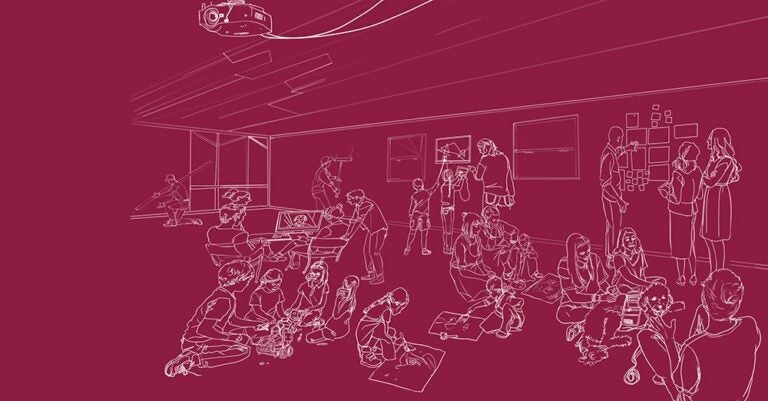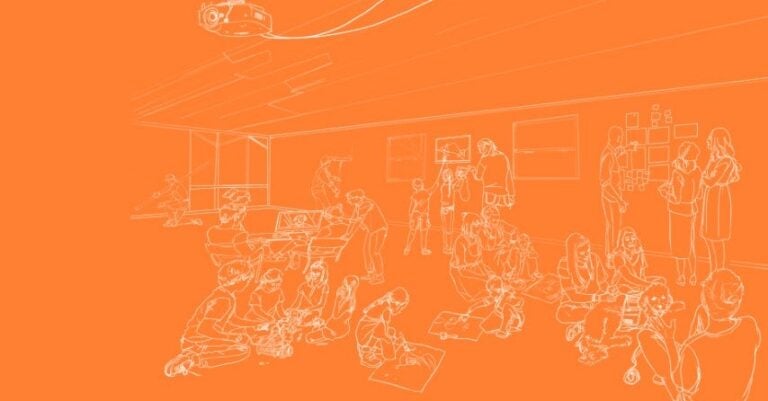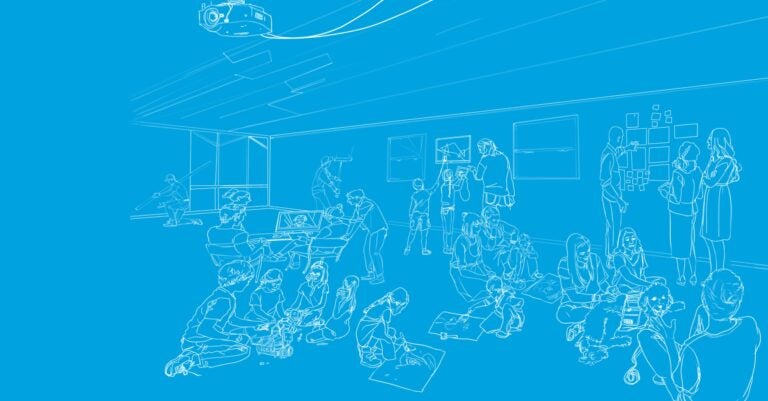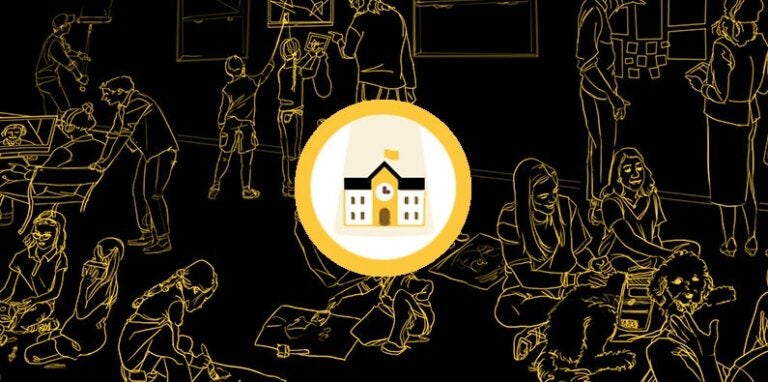Format: PDF

Educational legacies: Reflecting on and sharing the personal connections you make between race, class and education
In this activity, you will reflect on the connections you make between race, class and education; share those connections with your team; and listen as team members share. This activity is an opportunity to gain an understanding of each other’s lived experiences and build empathy and trust.

Establishing norms for managing conflict
Through this activity, educator team members reflect on their preferences for managing conflict and work together to agree on norms for healthy conflict as a team.

Establishing communication and working styles norms
This activity offers team members an opportunity to reflect on and share what it takes for them to feel balanced, how they prefer to process information, what they need most from their team members and more. After reflecting and sharing, team members will work together to create norms for communication and working styles.

River of life
This activity invites team members to gain a deeper understanding of one another, including backgrounds and context for teamwork. In it, you will create a map that captures key life experiences and then share your map with your educator team.

Story of self
This activity invites team members to gain a deeper understanding of one another, including backgrounds and context for teamwork. In it, you will respond to questions about your background, education, hobbies and more, and then share responses with your team.

Reflecting on social identity: Examining and sharing about group belonging
In this activity, you will create and share with your educator team a visual representing your social identity. Social identity is the story others tell about you and where you fit into society or the groups to which you belong (e.g., your race, ethnicity, gender identity).

Reflecting on personal identity: Examining and sharing what makes you unique
In this activity, you will create and share with your educator team a visual representing your personal identity. Personal identity is the story you tell about yourself that creates your self-concept and makes you unique (e.g., your skills, your hobbies, adjectives that describe you).

Educator team constructivist listening protocol: Reflecting, releasing emotion and constructing new meaning
In this activity, you will engage in an adaptation of the National Equity Project’s constructivist listening protocol. Together, with one or more members of your educator team, you will practice deep listening and construct new meaning about your identity and your lived experiences.

Identifying your equity imperative: Naming what you stand for and why
In this activity, you will reflect on a possible definition of equity, identify your equity imperative and share with your educator team. An equity imperative is a call to action representing an urgent and deeply felt need to address inequity. An equity imperative empowers you to answer the question, “What do I stand for and why?”

Student-led conferences
SPARK School at Kyrene de las Manitas has shifted from teacher-owned conferences to a student-led approach. This change supports the educator team’s goal of creating a student-centered learning environment in which learners own their progress and goals. This resource guides educator teams through steps critical to adopting student-led conferences.

Student-selected support
In an effort to shift the ownership of learning from educator to student, SPARK School at Kyrene de las Manitas has implemented a system for students to reflect on their learning and progress, identify the academic support they need and schedule time to meet with the appropriate educator(s). This resource guides educator teams through steps to implementing student-selected support.

10 Tips for planning team-based deeper learning
The educator team at Kyrene de las Manitas Innovation Academy co-plans project-based units that support deeper learning. The 10 tips appearing in this document are drawn from their approach to planning. To get started, consider how your team might implement these tips.

Community educator asset map
An asset map is a visual way to identify resources within your community. The act of creating a map of expertise can help you discover connections you already have, organizations you’d love to know about, and talents and resources near your school or available virtually.

Six tips for engaging a community educator
Explore this resource to learn six tips for engaging a community educator in schools, community-based organizations and anywhere that learning happens.

The Creighton Academy: Learning space layout
The Creighton Academy in Phoenix, Arizona serves about 300 students in grades K–6. Every student is a member of a covey: a multi-age group of 55–60 students. Students work with educators specific to their coveys and educators who work across coveys. In this resource, you’ll see the layout of their learning space.

The Creighton Academy: Spotlight on the schedule
The Creighton Academy in Phoenix, Arizona serves about 300 students in grades K–6. Every student is a member of a covey: a multi-age group of 55–60 students. Students work with educators specific to their coveys and educators who work across coveys. In this resource, you’ll explore their schedule.

The Creighton Academy: School profile
The Creighton Academy in Phoenix, Arizona serves about 300 students in grades K–6. Every student is a member of a covey: a multi-age group of 55–60 students. Students work with educators specific to their coveys and educators who work across coveys. Here, you’ll learn how they’re implementing a team-based model.

Sousa Elementary School: Multi-age team learning space layout
At Sousa Elementary School in Mesa, Arizona, an educator team consisting of one lead teacher, three certified teachers, one special educator and three MLFTC residents supports a multi-age group of 104 first and second graders. In this resource, you’ll see the layout of their learning space.

Sousa Elementary School: Spotlight on the schedule
At Sousa Elementary School in Mesa, Arizona, an educator team consisting of one lead teacher, three certified teachers, one special educator and three MLFTC residents supports a multi-age group of 104 first and second graders. In this resource, you’ll explore their schedule.

Sousa Elementary School: Multi-age team profile
At Sousa Elementary School in Mesa, Arizona, an educator team consisting of one lead teacher, three certified teachers, one special educator and three MLFTC residents supports a multi-age group of